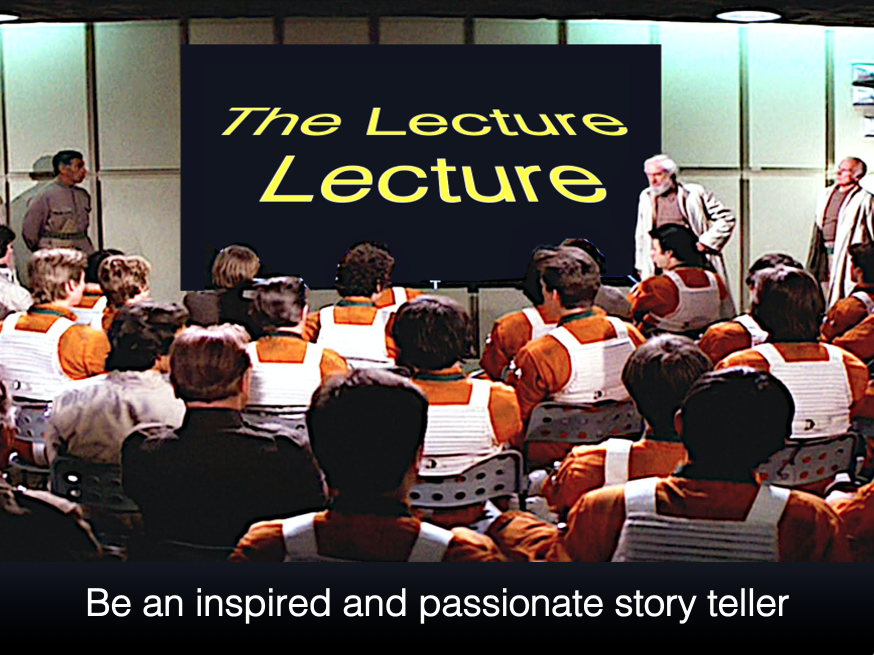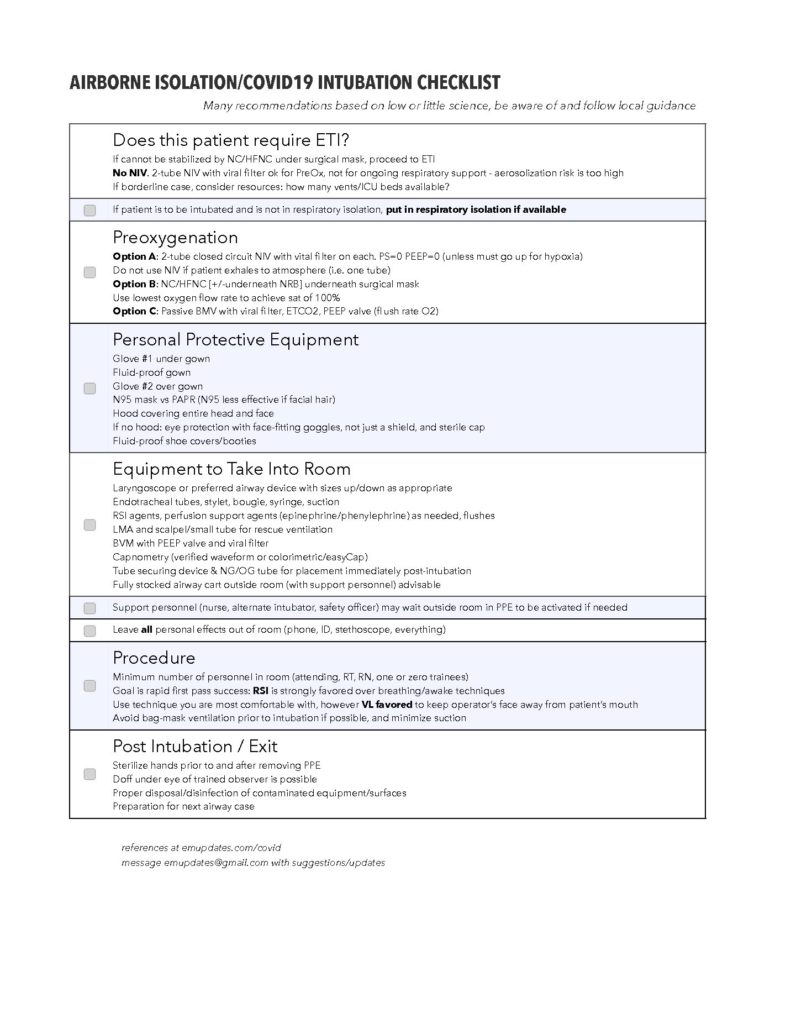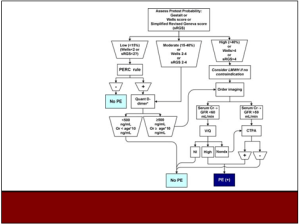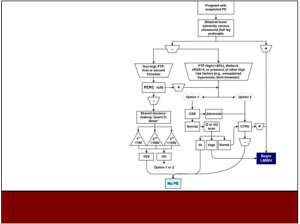ABCs. Airway and breathing are two-thirds of that three letter dogma we etch into our brain. It should make sense then that as EM physicians we pride ourselves on managing them. We’ve probably all patted ourselves or our colleagues on the back for that difficult intubation. It is sometimes the tendencies of younger physicians to jump for the video scope and intubate that patient who seems to be struggling. While I think we do a wonderful job mastering this, the point of this post is to promote mastery in avoiding having to use this skill.
Simple Oxygen Delivery
“Simple” oxygen refers to non-invasive delivery of an increase in FiO2. This can mean anything from a nasal canula, to tents, masks, trach masks, and non-rebreathers. This should be your first choice for hypoxemia but likely won’t help much in someone who needs a little extra pressure support (ex. COPD exacerbation, CHF exacerbation, flash pulmonary edema). This means that while the oxygen being delivered is increased, the flow and pressure won’t be.
There are a few points to make note of when using simple oxygen. Generally speaking, “room air” is around 21% oxygen. With each liter of oxygen via NC, you add around 4%. I note this because some of our adjuncts provide 100% FiO2, which would require 20 L via NC to equate, which is impossible. If you move up the oxygen ladder to simple masks, they follow the same rules with one exception: you must maintain at least 5 L of flow to prevent rebreathing. Similarly, a non-rebreathing mask must maintain usually around 8 L, or at least enough to keep the bag inflated. There are other modes available and variable, but we will move on.
High Flow Nasal Cannula
High flow nasal cannula, or HFNC, is like simple oxygen’s big brother. Its primary use is again hypoxemic respiratory failure, but with the added benefit of flow. Contrary to simple oxygen, you set both an FiO2 and flow. The benefit of this is that for every 10 L/min of flow, you get approximately 1 mmHg of PEEP. This may not seem much, but considering that CPAP/BiPAP oftentimes start at 5 mmHg of PEEP, and that HFNC can max at 60 L, this can actually add up. Generally speaking, in adults we start at 0.5 L/kg/min to a max of 60 L, and start at 100% FiO2 and wean as able. In children, FiO2 starts at 40% and flow is based on weight.
A benefit of HFNC, apart from the oxygen, is that it affords a way of delivering pressure to someone who might either benefit from a small amount of support, or who could otherwise tolerate a more invasive way of delivering it (CPAP and BiPAP). It isn’t uncommon that patients who are in respiratory distress also do not want a tight mask over their face. While there are ways of easing this anxiety with verbal coaching or anxiolytics, it isn’t a guarantee that they’ll be able to tolerate the mask and this may be a more comfortable option.
CPAP/BIPAP
The final section in this short overview is CPAP/BPAP. Where HFNC provides a small amount of PEEP, CPAP and BPAP exist to provide pressure to aid in respiration. This helps to recruit alveoli, increase lung compliance, and increase oxygenation. It would explain why COPD/CHF exacerbations do well with it. It simply takes more pressure to overcome their disease process, but oftentimes with a little extra help the patient can do this without an ET tube. Studies have shown that CPAP/BPAP decrease both intubation and mortality in cardiogenic pulmonary edema and COPD exacerbation.
The best way of explaining the difference between the two is to look at the names. CPAP stands for continuous positive airway pressure. It would make sense then that you would set a pressure (the PEEP) and that would be the setting. Building on this, it would mean that this pressure is being delivered throughout the respiratory cycle, with no difference between inspiratory and expiratory. So, CPAP is beneficial for hypoxia in CHF exacerbation because this pressure works to stent open alveoli that pulmonary edema may have impacted, to improve oxygenation, but may not do much to help with work of breathing since there is no additional inspiratory pressure.
This is where BiPAP comes in. BiPAP stands for bilevel positive airway pressure. Bilevel insinuates two levels, which is exactly the benefit of BiPAP. Those two levels are IPAP (inspiratory pressure support) and EPAP (expiratory pressure support), which is PEEP. By convention these numbers are given as IPAP over EPAP, i.e. 10 over 5. The benefit of BiPAP is that it decreases work of breathing to increase ventilation in addition to oxygenation. It aids with inspiration and expiration, providing support throughout the respiratory cycle to aid in compensation while the underlying disease process is treated.
Conclusion
The emergency room is a place equipped to deal with any situation, filled with people equipped to deal with any situation. When it comes to respiratory distress, this should be no different. Intubation in the setting of respiratory distress should be last resort. Many of these patients have multiple medical comorbidities and may never come off of a ventilator. For as much as we strive for excellence in intubating, we should strive even more so to be experts, masters, in avoiding intubation.
![Room9er ["Room Niner"]:](https://room9er.com/wp-content/uploads/2020/03/cropped-Screen-Shot-2020-03-08-at-3.16.16-PM.png)





